CNRA Publishes Annual Report on 30x30 Initiative
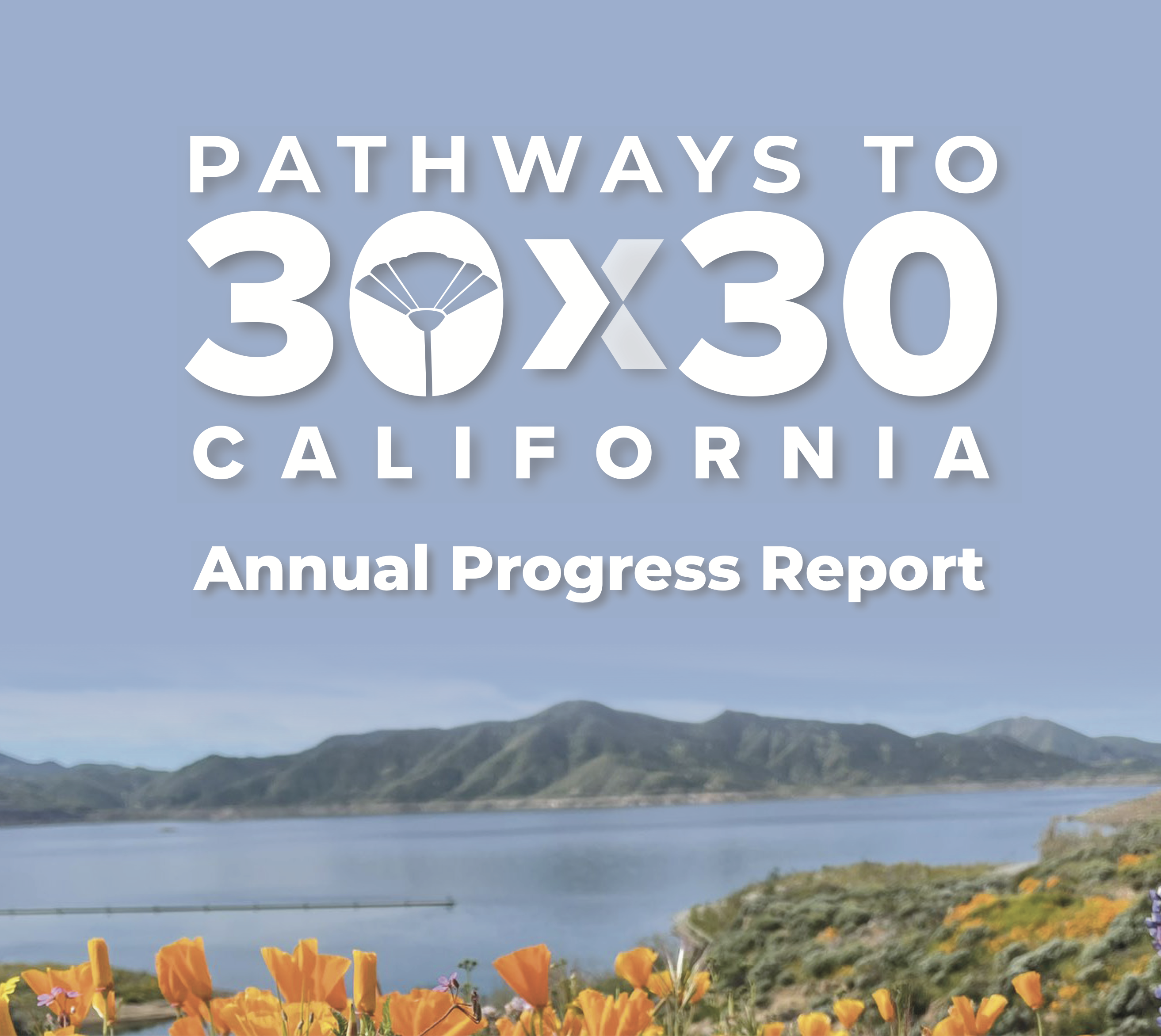
CNRA Publishes Annual Report on 30x30 Initiative
30×30 is California’s landmark commitment to conserve 30 percent of the state’s lands and coastal waters by 2030. This important target has launched a collective initiative that leads the world in protecting, restoring and preserving our natural environment. Real, tangible progress is being made toward realizing this goal. On May 18, CNRA released its annual report showing that California added approximately 631,000 acres of conserved land since April 2022, bringing the statewide total to 24.4 percent of lands and 16.2 percent of coastal waters protected. The report details investments of $116 million in 83 different conservation projects, and shows meaningful progress on 79 of the 112 Pathways to 30×30.
Planscape now lives on the Task Force website
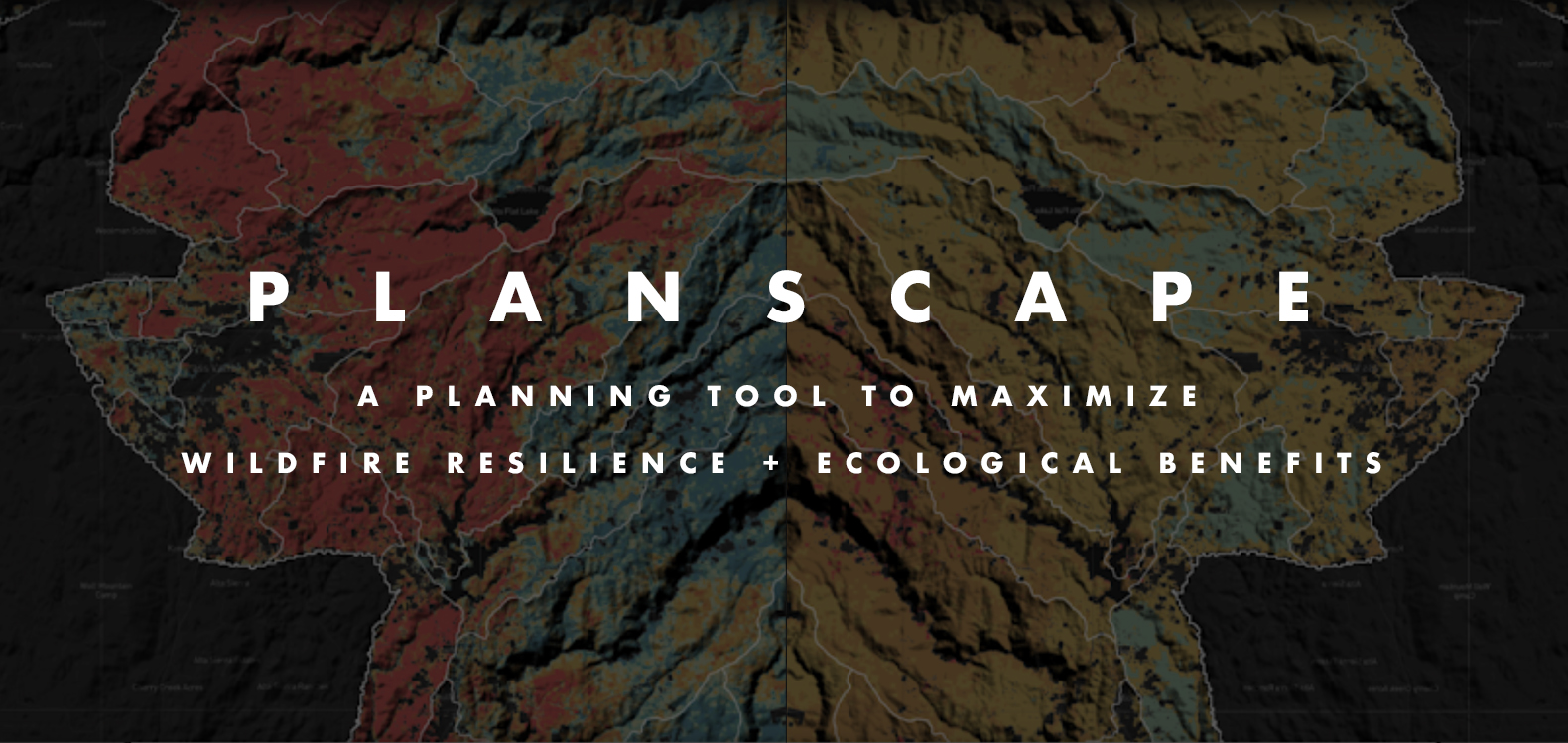
Planscape Now Lives on the Task Force Website
A collaborative effort between CA Natural Resources Agency, USFS, UC Berkeley, Spatial Informatics Group and Google.org, Planscape is a decision support tool that empowers regional planners to prioritize resilience treatments across the landscape and inform the funding process. Planscape partners provided a demonstration of the tool at the March 30 Task Force meeting. This version of the tool is available for beta testing, with the region-specific scenarios released this summer through fall.
RESOURCES
California’s Joint Strategy for Sustainable Outdoor Recreation & Wildfire Resilience
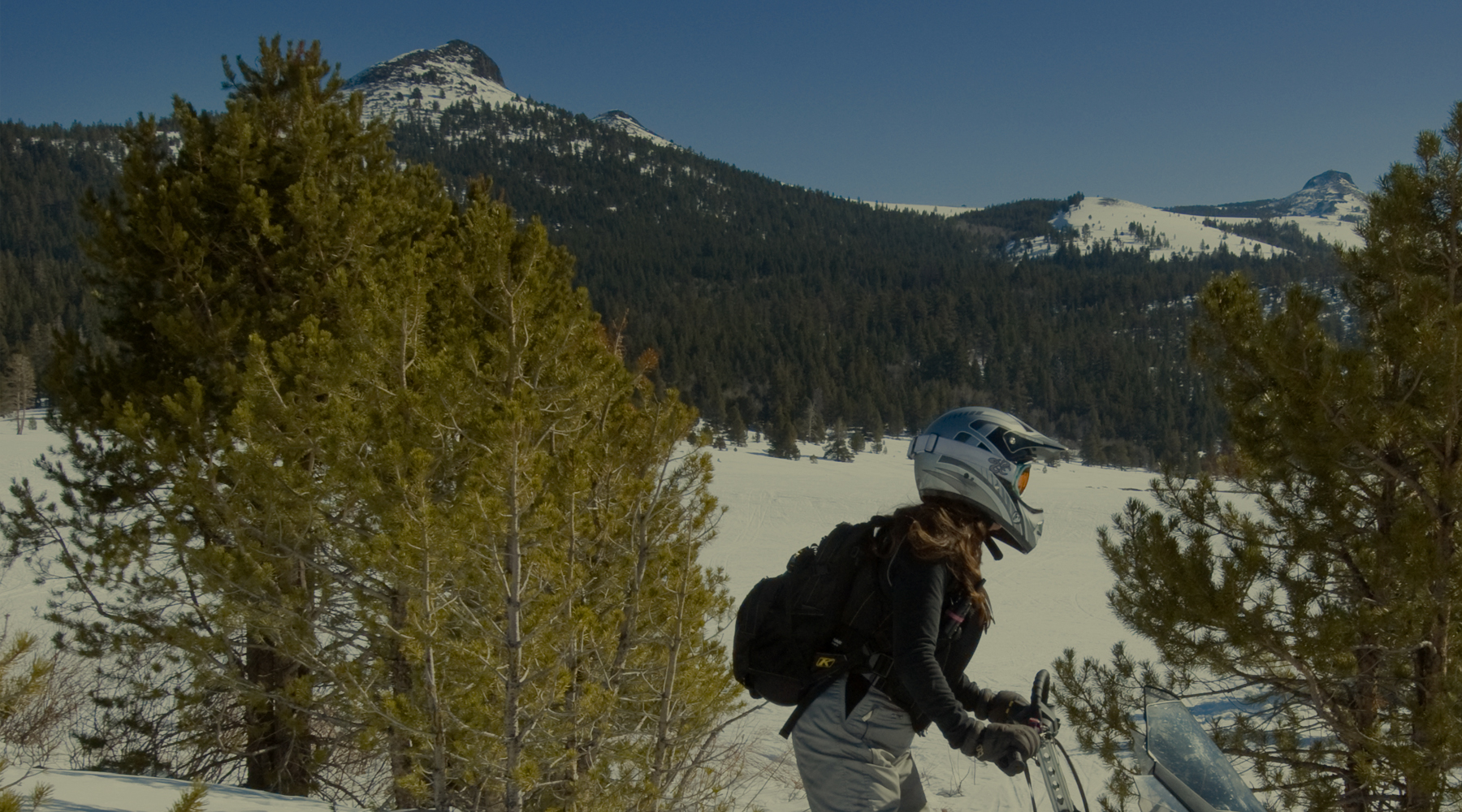
California’s Joint Strategy for Sustainable Outdoor Recreation & Wildfire Resilience
This Joint Strategy, developed by the Task Force Sustainable & Accessible Recreation Key Working Group, provides a roadmap for improved access to sustainable outdoor recreation, with a focus on areas where wildfires are impacting those opportunities throughout California.
RESOURCES
Regional Resource Kits and Profiles Are Now Available
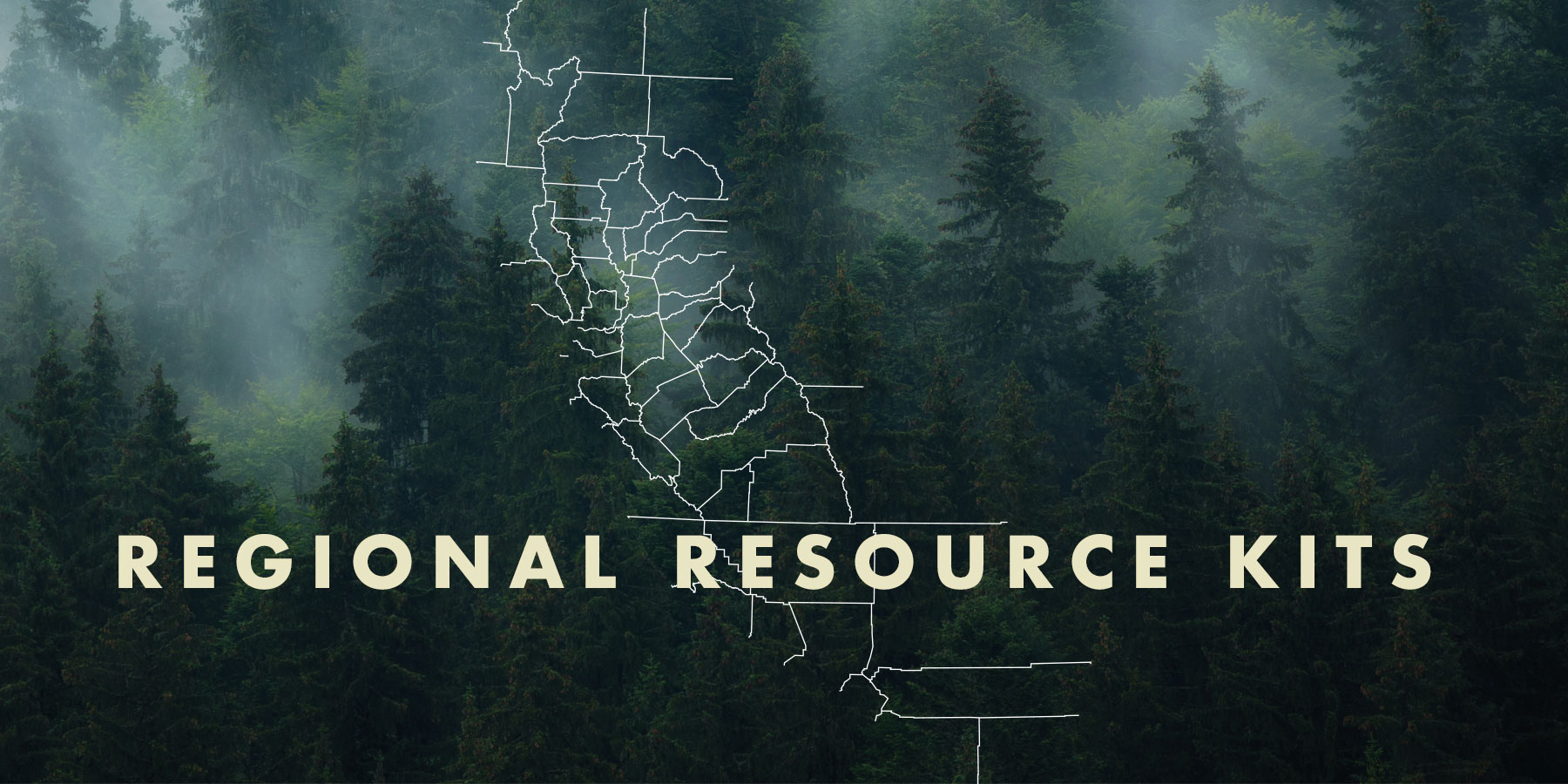
Regional Resource Kits and Profiles Are Now Available
The Task Force’s Science Advisory Panel has completed Regional Resource Kits and Regional Profiles for both the Sierra Nevada and Southern California regions. These invaluable tools are now available here on the Task Force website.
Regional Resource Kits offer critical tools and data to guide regional partners and collaboratives in their efforts to reduce wildfire hazard and improve the conditions of forested and shrub landscapes.
Likewise, Regional Profiles bring together the best available scientific information and a wide range of input from stakeholders throughout the region.
The Science Team will now focus on collecting data and tools for the Central Coast in preparation for the May 2023 Task Force meeting.
The 2021 Caldor Fire: One Year Later Video Series
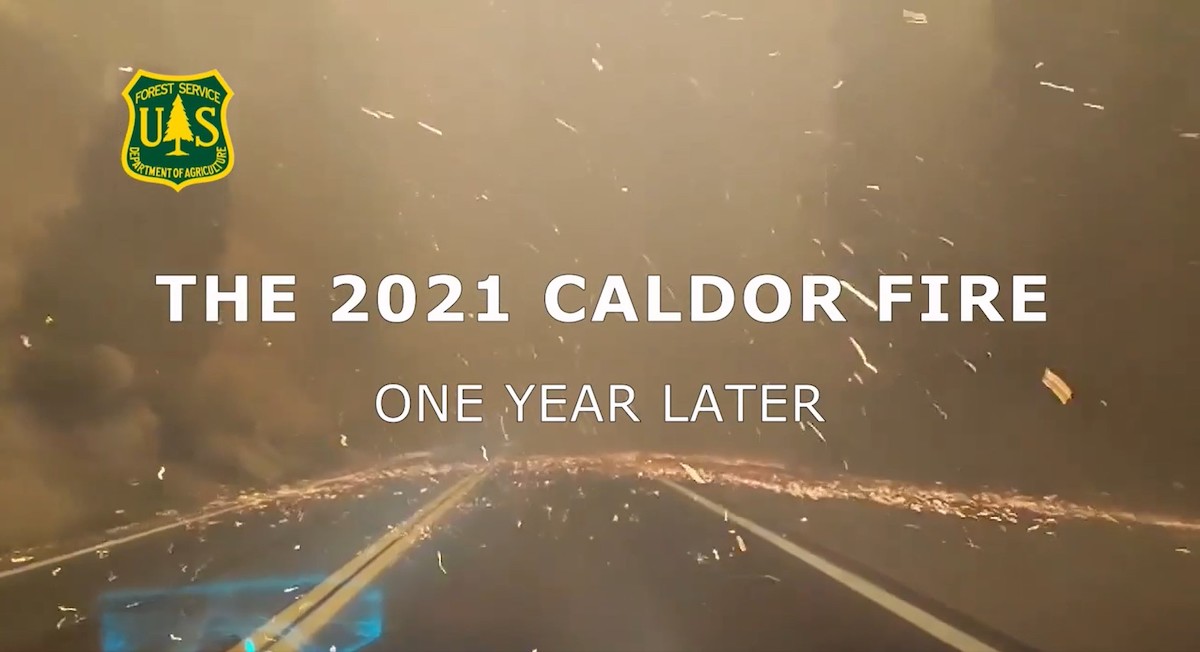
The 2021 Caldor Fire: One Year Later Video Series
October 21, 2022, marks exactly one year since the Caldor Fire was completely contained.
Over the last year and with months of research and collaboration, the Eldorado National Forest released a four-part series examining the Caldor Fire. This series reviews the suppression efforts that took place, the fire behavior challenging firefighters, the road to rehabilitation and restoration, and what is being done now to lower the future risk of fire to communities.
RESOURCES
Episode 1: Initial response and experiences of firefighters who not only worked but also lived in the area
Episode 2: How fire behavior and fuel conditions made for a challenging fire fight
Episode 3: What restoration and rehabilitation work has occurred and its importance
Episode 4: What is being done to reduce extreme wildfire behavior
CNRA Announces Tool to Improve Wildfire Resilience with Support from Google.org
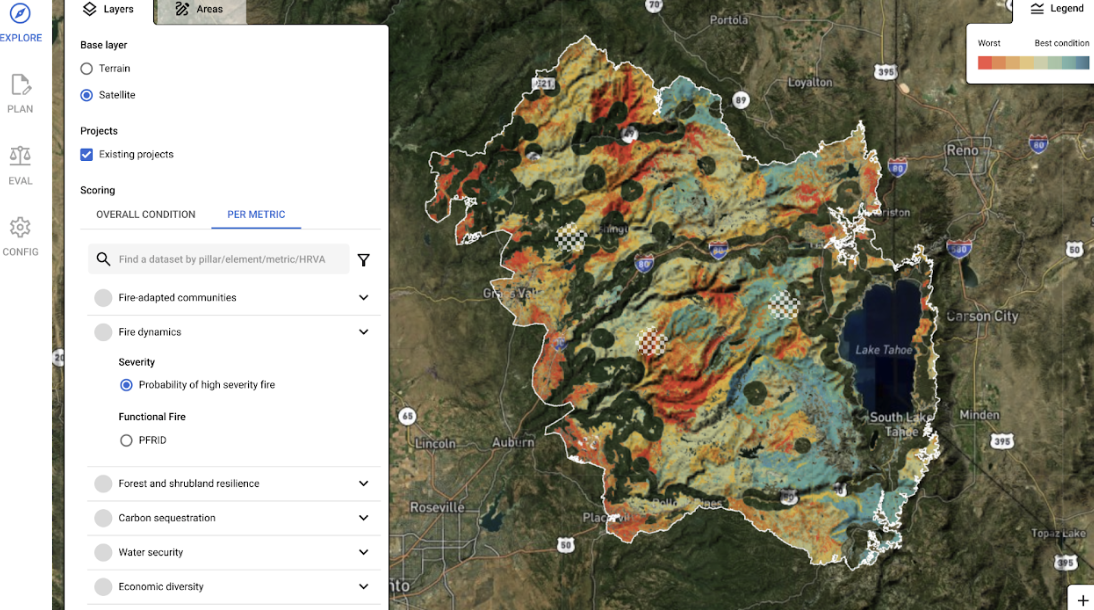
CNRA announces tool to Improve Wildfire Resilience with Support from Google.org
The CNRA and the USDA FOREST SERVICE, along with support from Google.org, Google’s philanthropic arm, has developed Planscape – a new wildfire resilience planning tool that uses state and federal resilience data to create user-friendly models that will be easily accessible to land planners. A demonstration of Planscape was released at the California Wildfire & Forest Resilience Task Force meeting on September 27th, 2022. The new, open-source tool will permit everyone to evaluate fire risks and remedies.
RESOURCES
Expert Roundtable on Wildfire and Forest Resilience
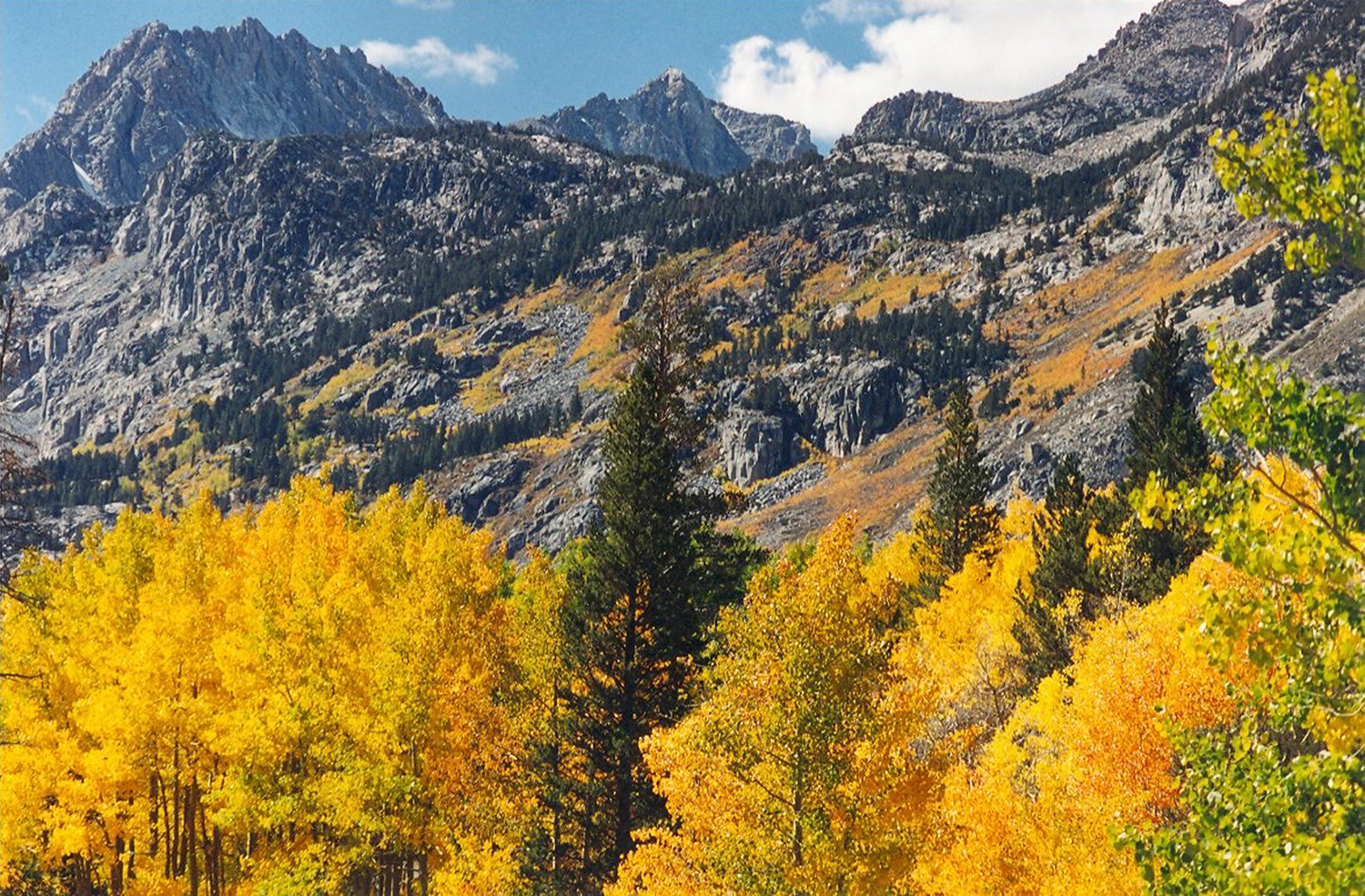
Expert Roundtable on Wildfire and Forest Resilience
Exacerbated by climate change, the increasing frequency and scale of wildfires have devastated communities and ecosystems around the world, while releasing vast quantities of carbon into the atmosphere.
In the face of these accelerating challenges, calls for climate-smart management of natural lands have grown louder among policymakers, experts, and stakeholders. Government and civil society programs have begun investing in forest resilience and nature-based solutions to deliver on mitigation and adaptation goals, working with Indigenous partners whose knowledge and experience are vital.
Recognizing the need to bring together interdisciplinary, international coalitions to advance wildfire prevention, mitigation, and response, Prime Minister Trudeau and Governor Newsom committed their respective governments to hosting a roundtable on wildfire and forest resilience within their broader Climate Action and Nature Protection Partnership which they announced in June. By bringing together officials, academics, industry and civil society at UN Climate Week, this event delivers on that vision. By convening thought leaders to discuss our collective challenges, Canada and California hope to discuss collective challenges and chart next steps.
RESOURCES
US Forest Service Response
Governor Newsom’s Recap of Climate Week 2022
30x30 Partnership Kick-Off
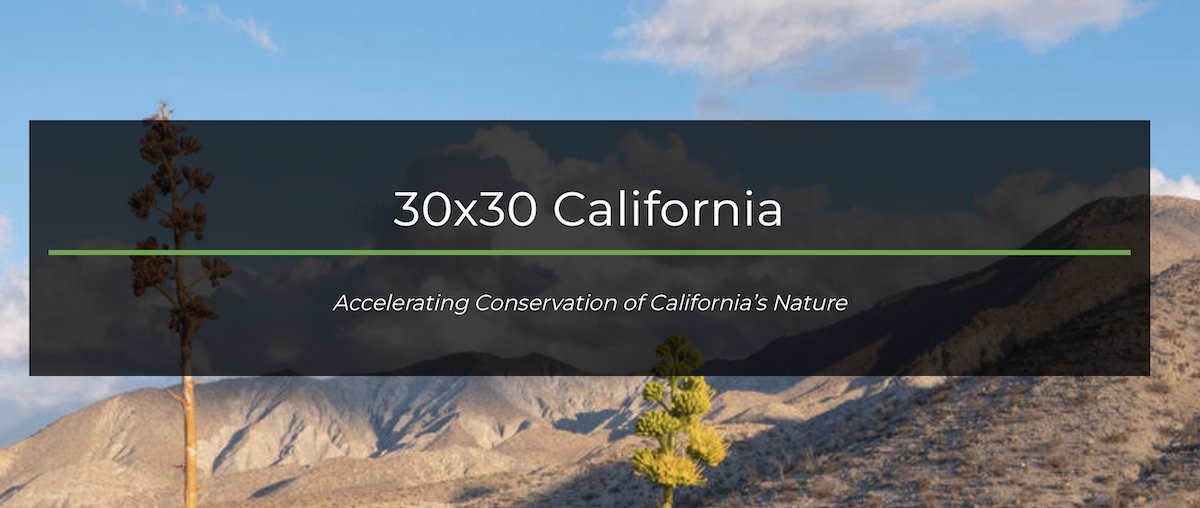
30x30 Partnership Kick-Off
On September 28, CNRA kicked off collaboration and community engagement around the 30 x 30 initiative, which commits California to the goal of conserving 30 percent of our lands and coastal waters by 2030. The Task Force is committed to aligning wildlife and forest resilience efforts with the state’s biodiversity and climate goals. Goal 3 of the Wildfire and Forest Resilience Action Plan outlines how the Task Force will seek to integrate forest management into state climate and biodiversity strategies.
CA Celebrates Launch of Tribal Conservation Corps Program
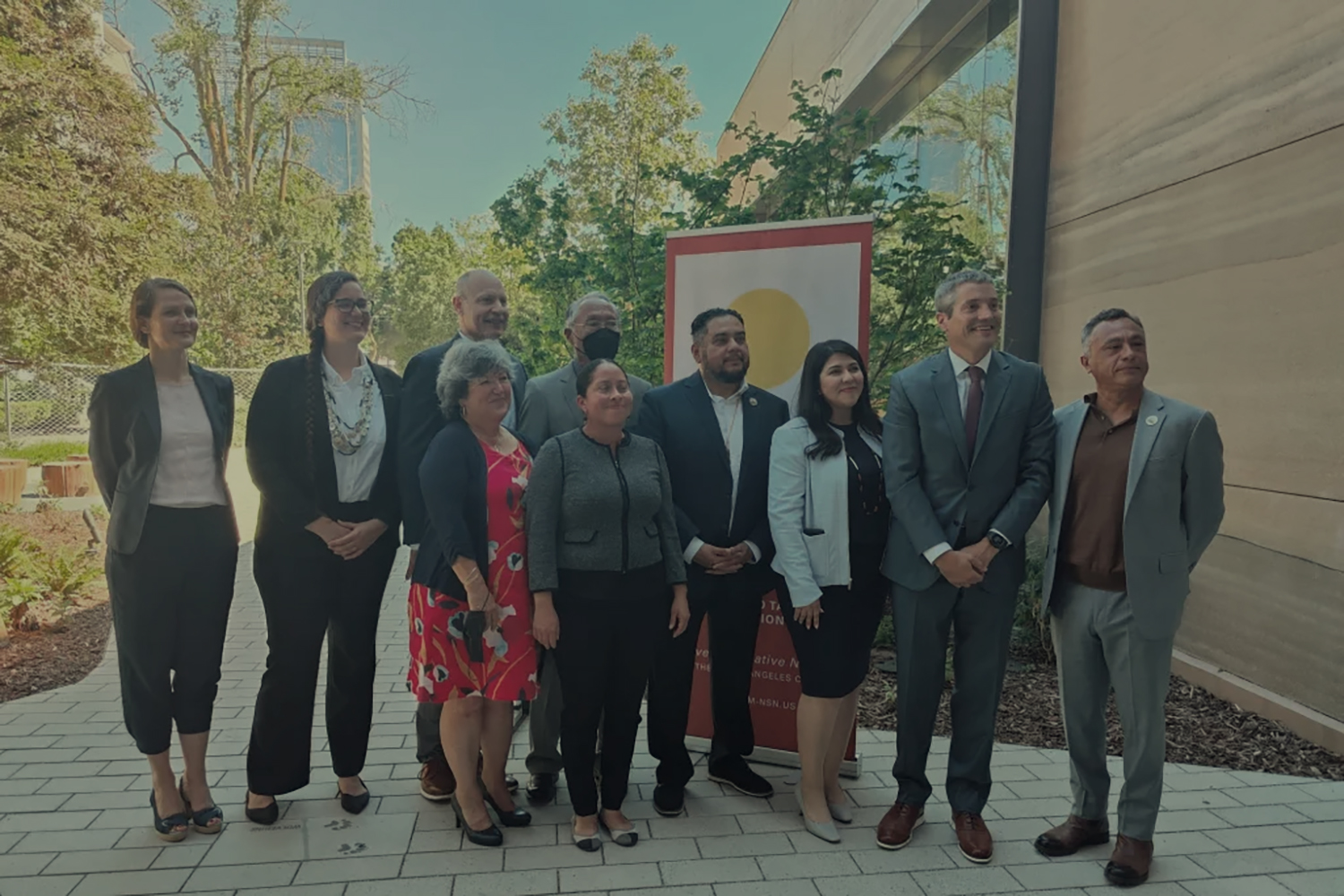
CA Celebrates Launch of Tribal Conservation Corps Program
Governor Newsom’s proposed 2022-’23 state budget includes $7.2 million in funding for the California Conservation Corps to establish more tribal conservation corps like the one being launched today.
RESOURCES
CNRA Finalizes Key Strategies For Advancing Biodiversity To Address Climate Change
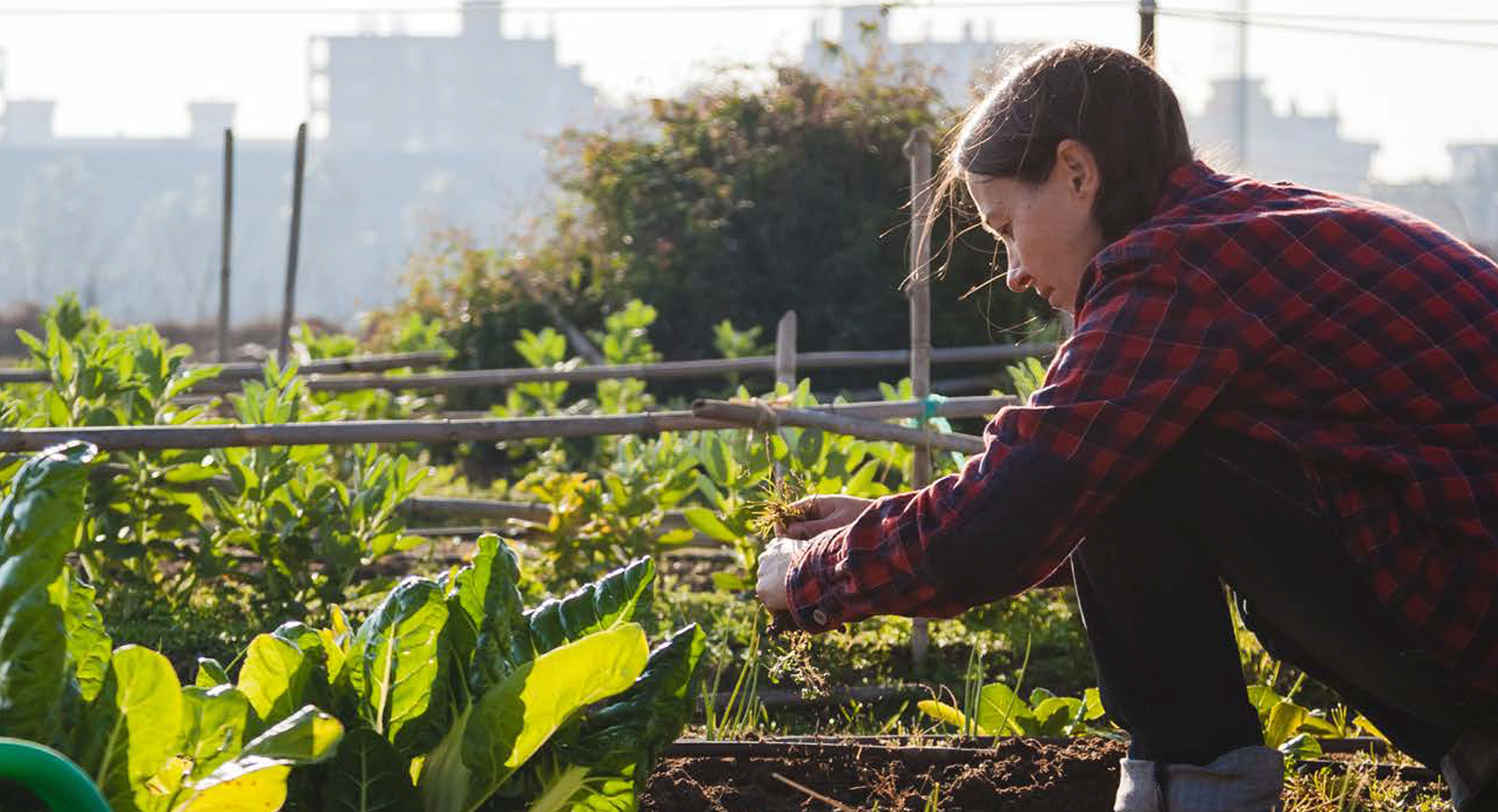
CNRA Finalizes Key Strategies For Advancing Biodiversity To Address Climate Change
April 22, 2022 – Today in conjunction with Earth Day, the California Natural Resources Agency (CNRA) released two documents:
- The final Natural and Working Lands Climate Smart Strategy to advance California’s commitment to building an equitable, resilient, and carbon-neutral future through climate-focused land management.
- The final Pathways to 30×30: Accelerating Conservation of California’s Nature strategy to support the state’s pledge to conserve 30 percent of California’s lands and coastal waters by 2030 (30×30) to protect biodiversity, advance equitable access to nature and address climate change.
These forward-thinking strategies respond to Governor Newsom’s October 2020, Nature-Based Solutions Executive Order N-82-20, advancing biodiversity conservation as an administration priority and elevating the role of nature in the fight against climate change. As part of this Executive Order, California committed to the goal of conserving 30 percent of our lands and coastal waters by 2030 (30×30).
The two strategies were shaped by months of public engagement. More than 4,100 Californians engaged with the state to provide input through more than a dozen public meetings, regionally based workshops, expert topical panels on key concepts, such as equity and science, and comments on draft strategies.
Natural and Working Lands Climate Smart Strategy
The Natural and Working Lands (NWL) Climate Smart Strategy establishes California’s approach to delivering on our climate change goals through action in the natural and working lands sector. These lands cover 90 percent of California’s 105 million acres.
Healthy landscapes can sequester and store carbon, limit future greenhouse gas emissions into the atmosphere, protect people and nature from the impacts of climate change, and build resilience to future impacts of climate change. Unhealthy landscapes have the opposite effect — they release more greenhouse gases than they store, worsen climate risks to people and nature, and are more vulnerable to future climate change impacts.
Climate smart management of natural and working lands can also deliver on other critical priorities for California, such as improving public health and safety, securing food and water supplies, and increasing equity.
The NWL Climate Smart Strategy defines eight landscape types that California will better manage for climate action, including forests, farms, communities, and wetlands. It highlights priority nature-based climate solutions to address the climate crisis and describes how these solutions can advance California’s broader environmental, economic, and social objectives. The NWL Climate Smart Strategyalso sets priorities for areas of near-term state focus and underscores the essential role of partnerships for successful climate action in this sector.
30×30
The state’s 30×30 initiative is part of an international movement of over 90 countries to protect nature across the planet. Pathways to 30×30 will drive action on biodiversity, access, and climate across California and complements the state’s NWL Climate Smart Strategy and the California Outdoors for All Initiative.
Pathways to 30×30 aims to accelerate the conservation of California’s lands and coastal waters through voluntary, collaborative action with federal and local governments, Native American Tribes, and private landowners. It is a visionary, science-based set of strategies for conservation that contains practical, easily applicable, and accessible steps to achieve the goals outlined in EO N-82-20.
The state estimates that 24 percent of California’s lands and 16 percent of our coastal waters are already conserved. To conserve an additional 6 million acres of land and an additional 500,000 acres of coastal waters by 2030, Pathways to 30×30 includes the following 10 Pathways:
- Accelerate Regionally Led Conservation
- Execute Strategic Land Acquisitions
- Increase Voluntary Conservation Easements
- Enhance Conservation of Existing Public Lands and Coastal Waters
- Institutionalize Advance Mitigation
- Expand and Accelerate Environmental Restoration and Stewardship
- Strengthen Coordination Among Governments
- Align Investments to Maximize Conservation Benefits
- Advance and Promote Complementary Conservation Measures
- Evaluate Conservation Outcomes and Adaptively Manage
CNRA is responsible for overseeing the implementation of Pathways to 30×30, driving near-term strategic actions to advance progress, leveraging public funding, establishing the 30×30 Partnership, and maintaining californianature.ca.gov to inform, empower, and engage conservation champions across the state.
In conjunction with today’s announcement, CNRA also recently released a fully functional version of CA Nature, a publicly accessible suite of interactive mapping and visualization tools. CA Nature compiles statewide biodiversity, access, climate, and conservation information in one place to advance 30×30. This geographic information system (GIS) will support the implementation of 30×30 efforts at the state, regional and local levels. The website will be regularly updated to track and show progress toward meeting the goals outlined in EO 82-N-20.
This year’s Earth Day theme is Invest in Our Planet. Join California in leading the way toward an equitable, resilient, and carbon-free future!
Spanish translation for both strategies will be available soon.
